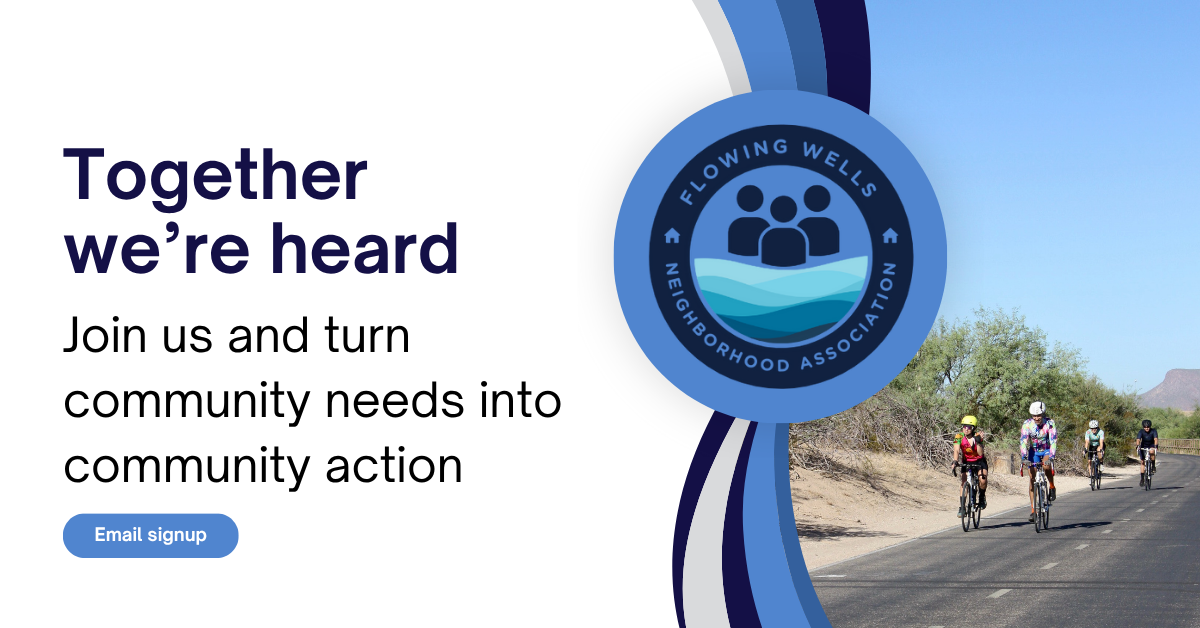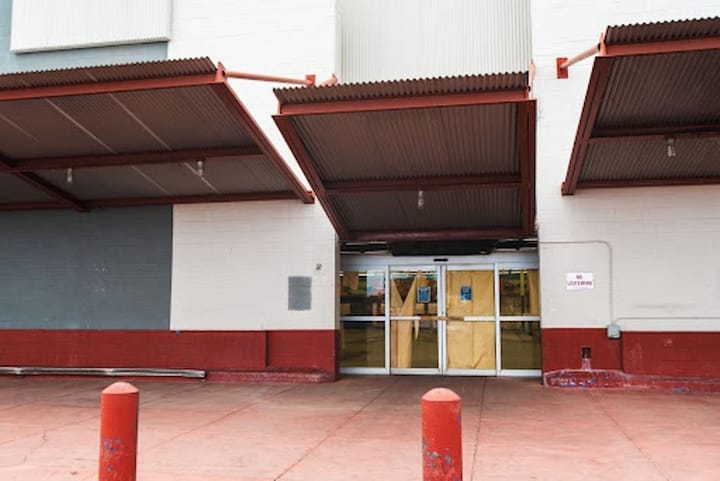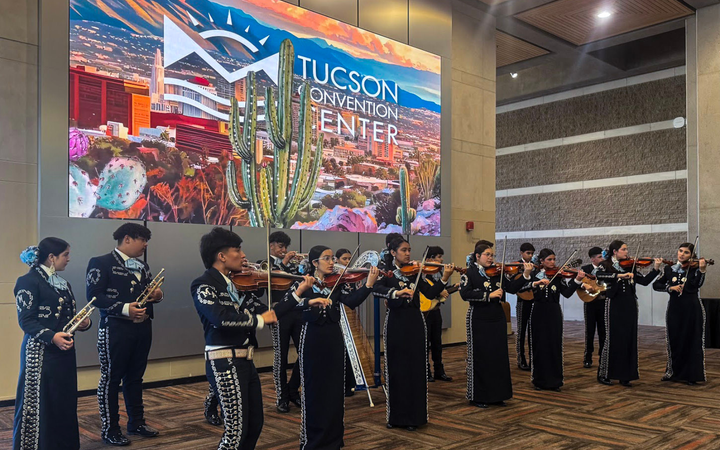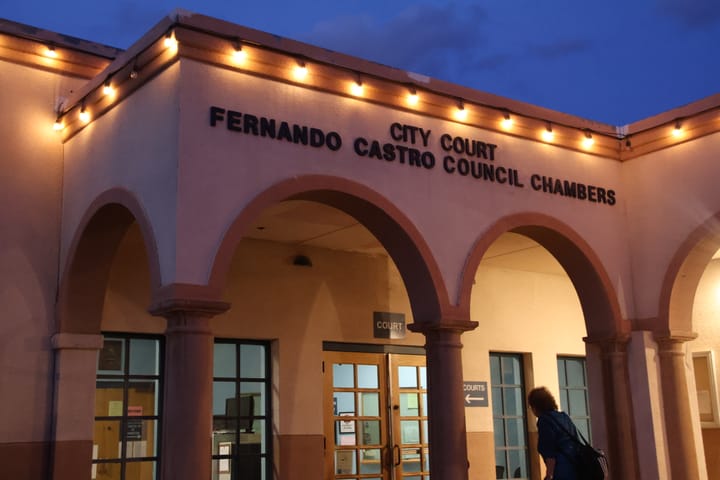Pima County updates long-term development plan
Supervisors approved an update to its long-term growth plan, adding new goals to balance housing development with conservation and sustainability over the next decade.
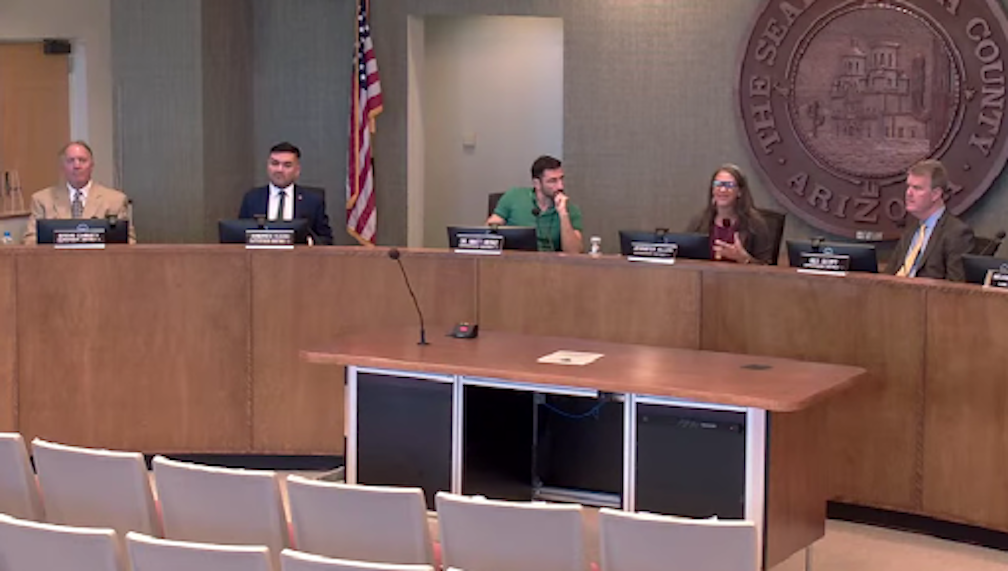
Pima County leaders approved a sweeping update to the county’s long-term growth and development plan last week, adding new goals to balance housing, conservation and economic needs.
The revised Pima Prospers plan introduces a new 70% on-site mitigation standard for development in environmentally sensitive areas, requiring developers to preserve most of a property’s natural habitat rather than offsetting it elsewhere. Supporters say the change strikes a balance between conservation and growth, protecting high-quality desert landscapes even as Pima County works to expand housing and infrastructure over the next decade.
District 4 Supervisor Steve Christy, the board’s sole Republican, was the only “no” vote on the update.
The Pima Prospers plan updates and consolidates the county’s 2015 comprehensive plan while addressing new challenges from the past decade, including housing supply, affordability, water management and economic development.
State law requires counties to update long-range plans every 10 years to preserve natural resources, use public funds efficiently, and promote residents’ health, safety and welfare.
Principal Planner Mark Holden told supervisors that county staff gathered background information from federal and state agencies, other counties, local municipalities and tribal nations, as well as 30 local stakeholder groups and neighborhood associations, when assembling the plan.
“I believe that one of the reasons that board members have not received a lot of concerns from our constituents regarding this plan is because of the extensive work county staff has done reaching out to various stakeholder groups,” said Board Chair and District 1 Supervisor Rex Scott.
Staff also contracted with the University of Arizona’s Drachman Institute to prepare background reports on critical issues such as housing, water resources, transportation, climate change and energy.
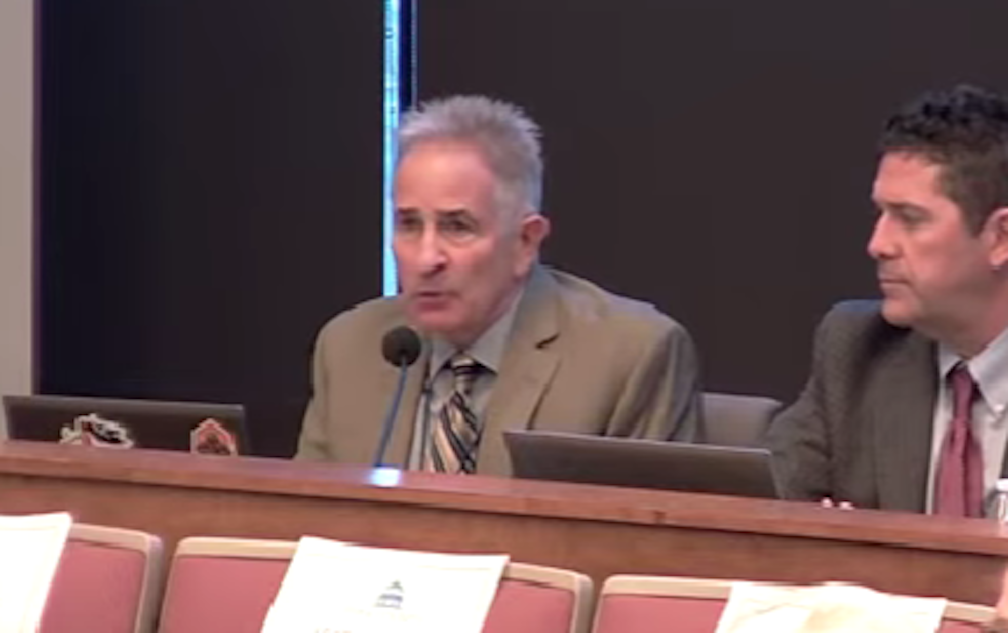
The board also heard public testimony from residents and advocacy groups, who largely supported the plan’s approach to balancing growth and conservation.
Katie Hotten, co-executive director of the Sonoran Desert Coalition, praised the plan’s new conservation and development standards.
“This policy helps ensure that when development occurs in an area of high-quality habitat, that it leaves 70% of any open space that may be required to be conserved nearby rather than offset in other parts of the county,” Hotten said. “This helps us avoid losing entire areas of high-quality habitat to development and also helps us to balance conservation alongside growth.”
Brendan Lyons, government affairs director for the Southern Arizona Home Builders Association, said he also agreed with the holistic policy but reminded supervisors that the county would need 116,000 new homes in the next 20 years, and that the policy should balance that need.
He urged the board to amend the language to include “and balance the need for new housing development.”
“It is such an important task to try and get all of these diverse interests into one room and into one plan, and this document does everything that we need it to do as we work as a region to look for how to build more homes, but also to grow in a sustainable way,” said District 5 Supervisor Andrés Cano.
Supervisor Jennifer Allen pointed to the plan’s focus on middle housing, increased density to reduce sprawl, transit-oriented development and careful management of the water supply.
“This document prepares us for the evolving needs of our community given the multiple layers of crisis that we’ve got, from economic instability to climate crisis to housing crisis,” Allen said. “The plan ensures that development mitigates rather than exacerbates some of those challenges and identifies opportunities for us to build on our strengths.”
Ian Stash is a journalism major at the University of Arizona and Tucson Spotlight intern. Contact him at istash@arizona.edu.
Tucson Spotlight is a community-based newsroom that provides paid opportunities for students and rising journalists in Southern Arizona. Please consider supporting our work with a tax-deductible donation.
